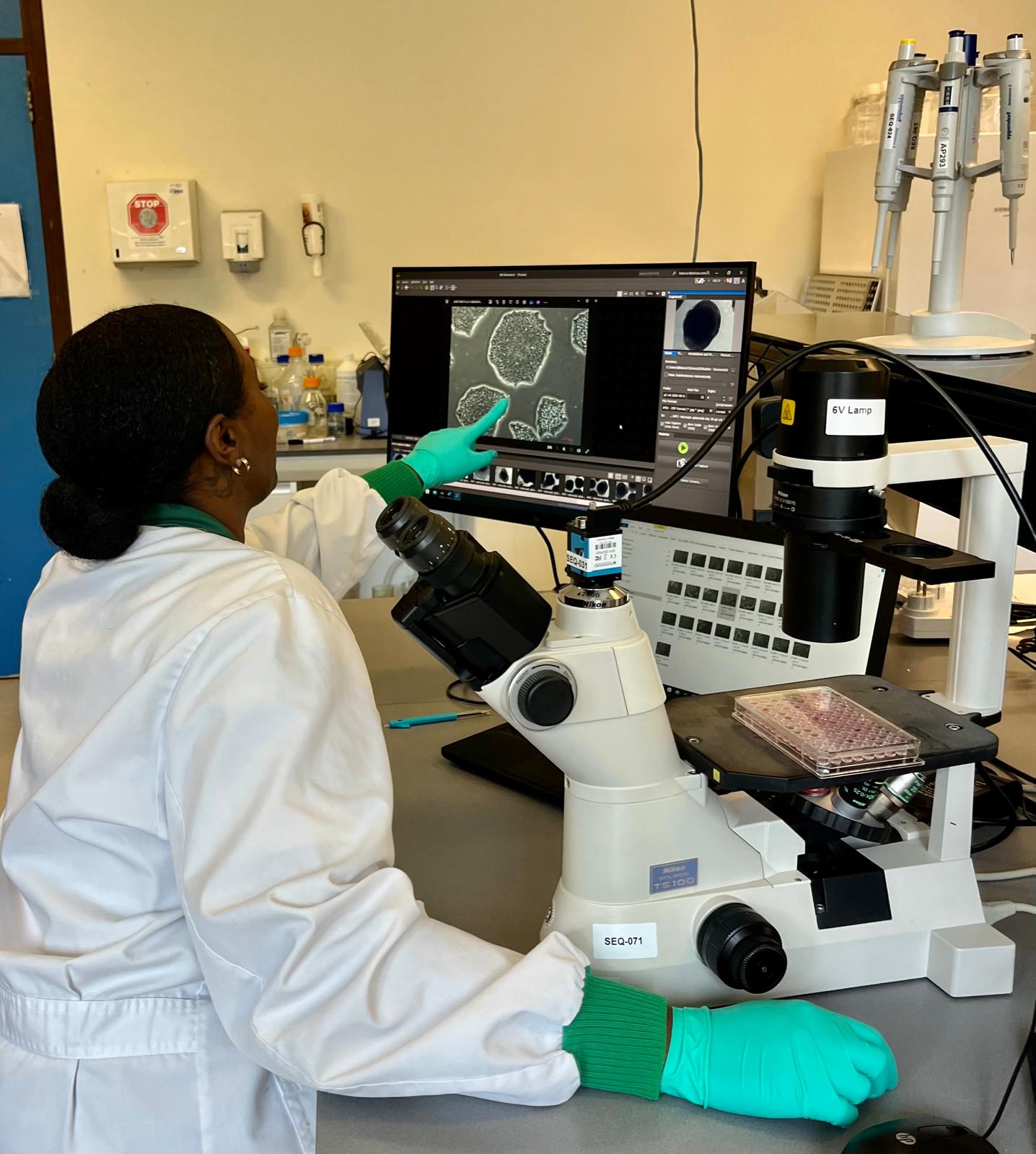Ask the Expert: Process Development Engineer Juda-El Sam on iPSC culture using the SCINUS bioreactor NG
To standardize iPSC differentiation and production to a level necessary for producing therapy grade cells, Process Development Engineer Juda-El Sam from Scinus Cell Expansion is working on developing protocols for iPSC expansion using the SCINUS bioreactor NG.
“At the time they were developed, iPSCs presented the first real alternative to embryonic stem cells. Using this technology, you can non-invasively procure adult somatic cells (e.g. skin) and push them back to an embryonic state. So, you establish a blank canvas for cells which can then be differentiated into any cell type you are interested in.”
What are the main advantages of iPSCs?
“They are versatile, can be patient specific (they retain the genetic makeup of the source cell), so you can generate patient-specific cell lines and they have an indefinite self-renewal capacity during culturing.”
What are some challenges in culturing iPSCs?
“They are extremely sensitive to external stimuli and stress, need lots of attention and they require expensive cell culture reagents. This is all in the importance of keeping their pluripotency. Adapting iPSC culture protocols might take longer than adapting protocols for different cell types.”
How can the SCINUS bioreactor help to tackle some of these challenges?
“The SCINUS is a lower stress environment for cells compared to most large-scale bioreactors. The closed system can help decrease variations in operator handling, since media refreshing can be done just by adding extra medium without having to interrupt the culture or stop the rocking of the cells. Furthermore, it is possible to harvest and passage the cells inside the suspension bag, eliminating the necessity for manual passaging.”
iPSCs can be cultured in the adherent and suspension bag in the SCINUS. Can you compare these two methods?
“In an adherent bag you need a material like microcarriers with very specific coating to ensure that hiPSCs can anchor onto the culture surface for growth, proliferation and maintaining pluripotency. In the suspension bag cells have nothing to anchor to, but because they are anchorage dependent cells, you need to ensure that the environment will encourage cells finding each other and making spheroids. This is critical for their growth, proliferation, and pluripotency maintenance. In these protocols the agitation regime is critical for proper spheroid development. The SCINUS is very flexible when it comes to rocking possibilities, making sure the spheroids will not settle and therefore become just the right size.”
In which fields do you see most applications for these cells?
“Regenerative and personalized medicine for sure, for the aforementioned personal therapy reasons. Especially when a patient is terminally ill or too weak for invasive biopsies, the ability to procure their cells noninvasively is an important feature of the applicability of this technology. Patient-specific cell lines can be used to develop personalized medicine, personal patient care or autologous therapy. Immortal cell lines can be used for studying novel therapies or developing medications. Biomedical researchers could use them to study regeneration of damaged organs and tissues.”

“The SCINUS is very flexible when it comes to rocking possibilities, making sure the iPSC spheroids will not settle and therefore become just the right size.”
